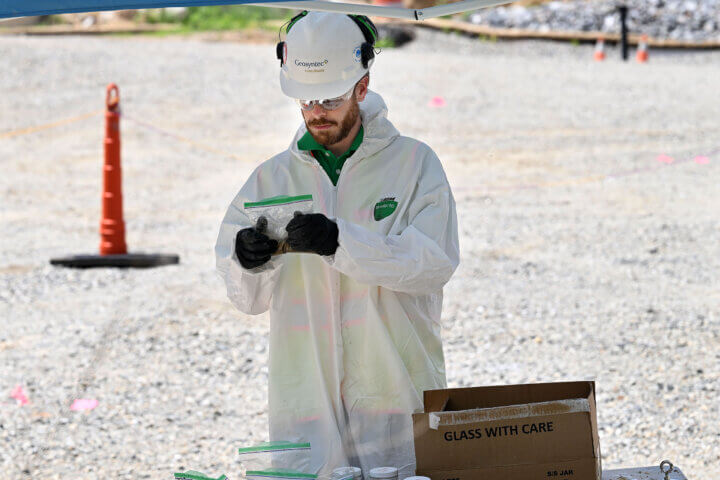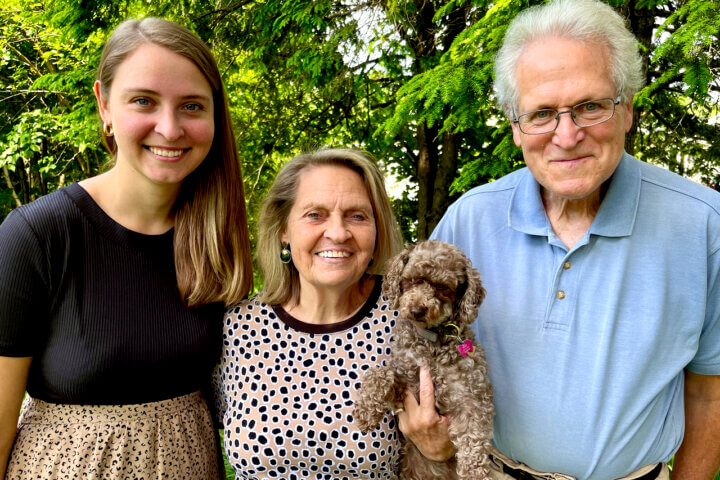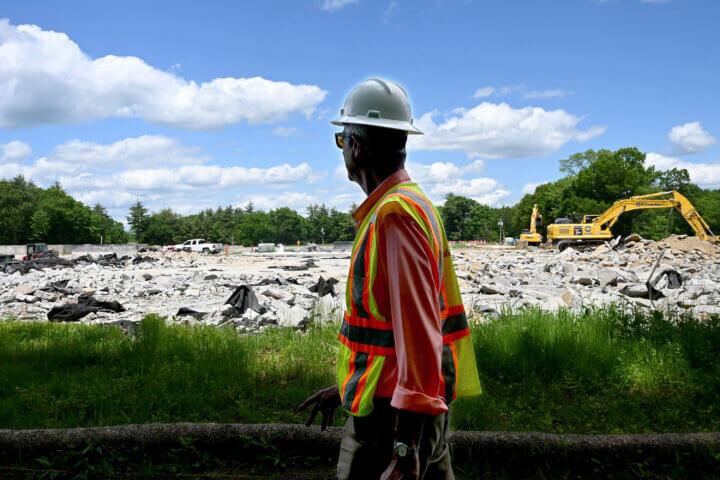Rather than celebrate our past 250 years with historic granite plinths, parades, and costumed balls Concord should celebrate our next 250 years. The town’s Select Board should resolve to plant 250 shade trees each year forward as ‘Permanent Monuments’ for our successors.
Our climate is changing. The future is uncertain. Some freedoms may be lost. Like the Minutemen before us, Concord needs to stand our ground.
In 1835, 200 years after establishing Concord Plantation, residents formed The Concord Ornamental Tree Society. Forty-eight men joined. Their purpose was to plant ornamental trees that would distinguish the streets and neighborhoods of their village. Half pledged a day’s labor at $1 /day (worth $35 today). Half shared the purchase of shade trees, e.g. sycamores, elms, oaks, maples. The Society planted 187 trees in its first three years then abandoned the program.

For the last 20 years, Concord has tolerated a diminishing canopy of shade trees. On average, Concord removes over 130 trees each year, but we plant fewer than 80. Over 20 years the net loss to Concord has been 1,000 shade trees.
In 2017, the town conducted a comprehensive inventory of its trees. The Davey Tree Survey concluded that Concord needs to step up tree planting to 250 trees a year, or it will lose its historic village character.
In 2023, the CPW has a budget request to fund a new Davey Tree Inventory. Hopefully the survey will be approved by the Select Board. Concord needs an Urban Forest Master Plan. A Tree Inventory is the first step for a Master Plan.
What better way to celebrate 250 years than to plant shade trees for our successors?
For practical reasons, the scope, variety, and location of planting 250 shade trees/year needs to be carefully mapped and managed. This is an invitation for the whole town to engage. Our school board should champion teacher enterprise that deploys student teams to photograph and register our oldest trees. Groves of diverse trees could be planted on school grounds honoring each graduating class.
Where did our Native American forebears reside? “Something hidden! Go and find it! “ said Rudyard Kipling. Let’s honor their heritage with trees.
Trees planted in our four commercial districts would cool, clean, and shade the air for our one million visitors each year. Local arborists could advise the Economic Vitality Committee, The Chamber, and our Business Partnership on how and where to plant shade trees in commercial districts with modest impacts on signage and parking. So too will Concord’s half dozen municipal parking lots become heat islands in warmer years ahead, 10 degrees hotter than adjacent streets, unless our municipal lots are redesigned to have ample shade trees.
Research says trees calm traffic. Rush hour traffic has infiltrated our side streets as commuters sneak through Concord. Shade trees planted on both sides of major roads would slow and hopefully divert unwanted traffic over time.
The well-known environmental and cosmetic services provided by majestic shade trees will beckon for generous support from Concord residents. Trees shade, cool, and clean our air; shelter us from winter winds; and offer habitat for stunning arrays of birds and biodiversity. Every neighborhood in Concord should be canvassed, where do you need trees? How might more shade trees improve children’s recreation and homeowners’ property values? Neighborhood funding campaigns would surely follow.
Planting 250 diverse trees each year would transform Concord into a village arboretum, welcoming visitors from around the world to our town where 40 languages are spoken in homes today.
The historic relevance of trees would offer cultural resonance during our 250th celebrations. Concord Center’s legendary “Jethro’s tree,” a giant mythical oak sustains the lore that great trees were meeting places where native residents and English settlers traded lands for peace and other valuable considerations. Indeed, giant trees in villages around the world have been convenient meeting spots for centuries, as places to hang out or hang others. A majestic sycamore, oak, or sugar maple planted during our 250-year celebration will be a treasured tree during our 400th anniversary, reminding successors how smart and farsighted we were
A downtown Elm, dubbed Boston’s Liberty Tree was 119 years old in 1774 when taken down by British Regulars. The tree had become a nettlesome symbol of patriotic unity after it was used to hang Oliver Ames in effigy in 1765, a hapless Loyalist Stamp Collector disabused by inhabitants in defiance of the Stamp Act.
Boston’s Liberty Tree inspired Liberty Trees to be christened in all thirteen colonies during the American Revolution. When no towering tree was available, colonists erected Liberty Poles to signal civic meetings just as the Romans had done centuries before them. Concord’s Liberty Pole stood proudly atop our hillside Burying Ground until the British chopped it down. A celebratory planting of 250 “Liberty Trees” at the dawn of Climate Change in Concord would become another shot heard round the world.
To be sure, our 250th Celebrations need not just be about trees. The re-wilding of Concord calls for a regeneration of our relations with neighboring towns. For sure there needs to be a mixer or two with Lexington so we can step on each other’s toes. British vs. American debates should fill our libraries. Re-enactors from Acton, Bedford, and Carlisle could walk miles at night through woodlands to meet our Minutemen at dawn for a hearty breakfast on the Muster Field. Who knows, Proud Boys might show up to learn how their liberties were once won. And why be content with the same old Boston Marathon? Concord’s 250th could launch the annual Paul Revere’s Ride, a bicycle odyssey from Charlestown through Arlington and Lexington along the Battle Road across the North Bridge and back into Concord town, with just desserts for the riders best dressed in all red, all white, or all blue.





